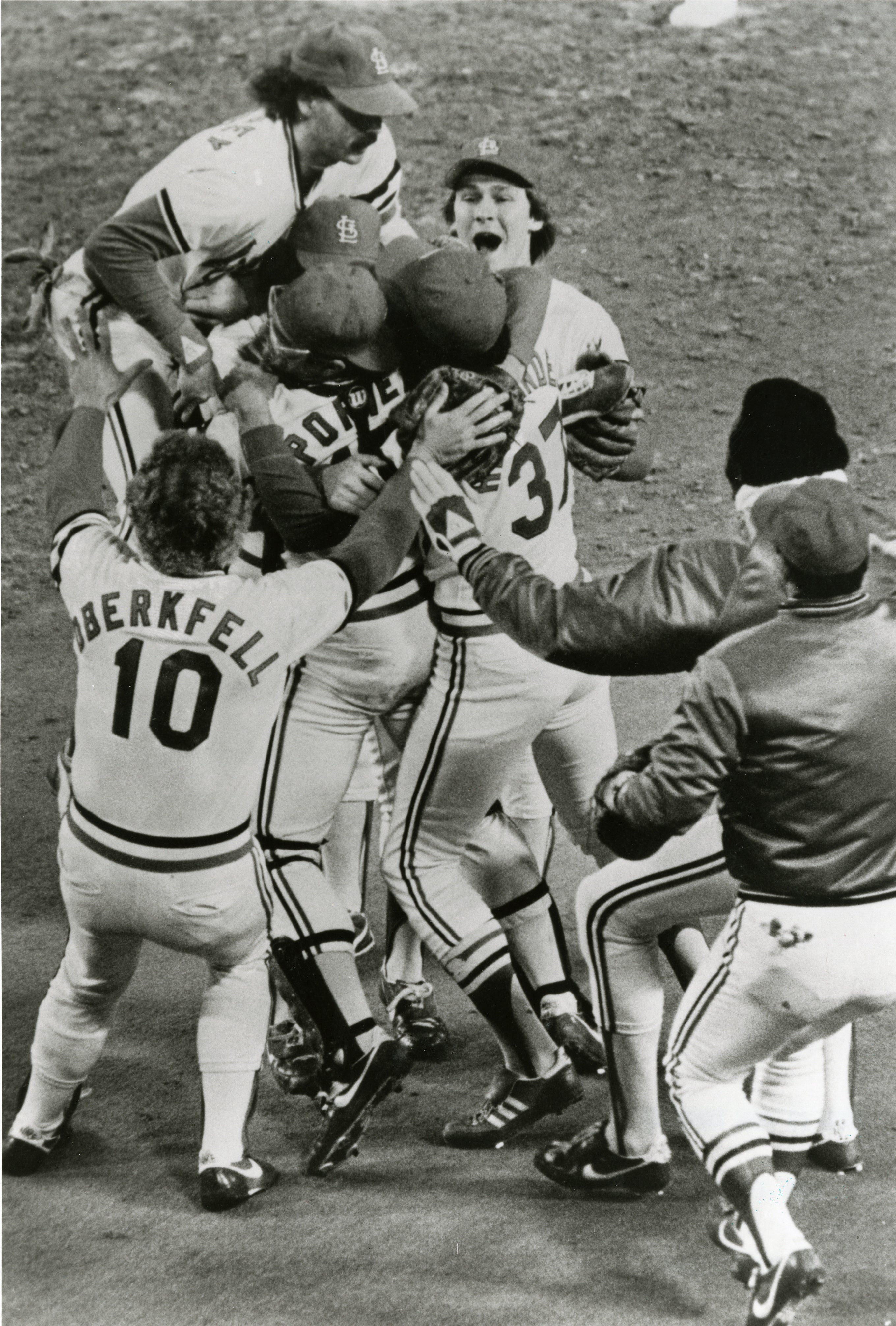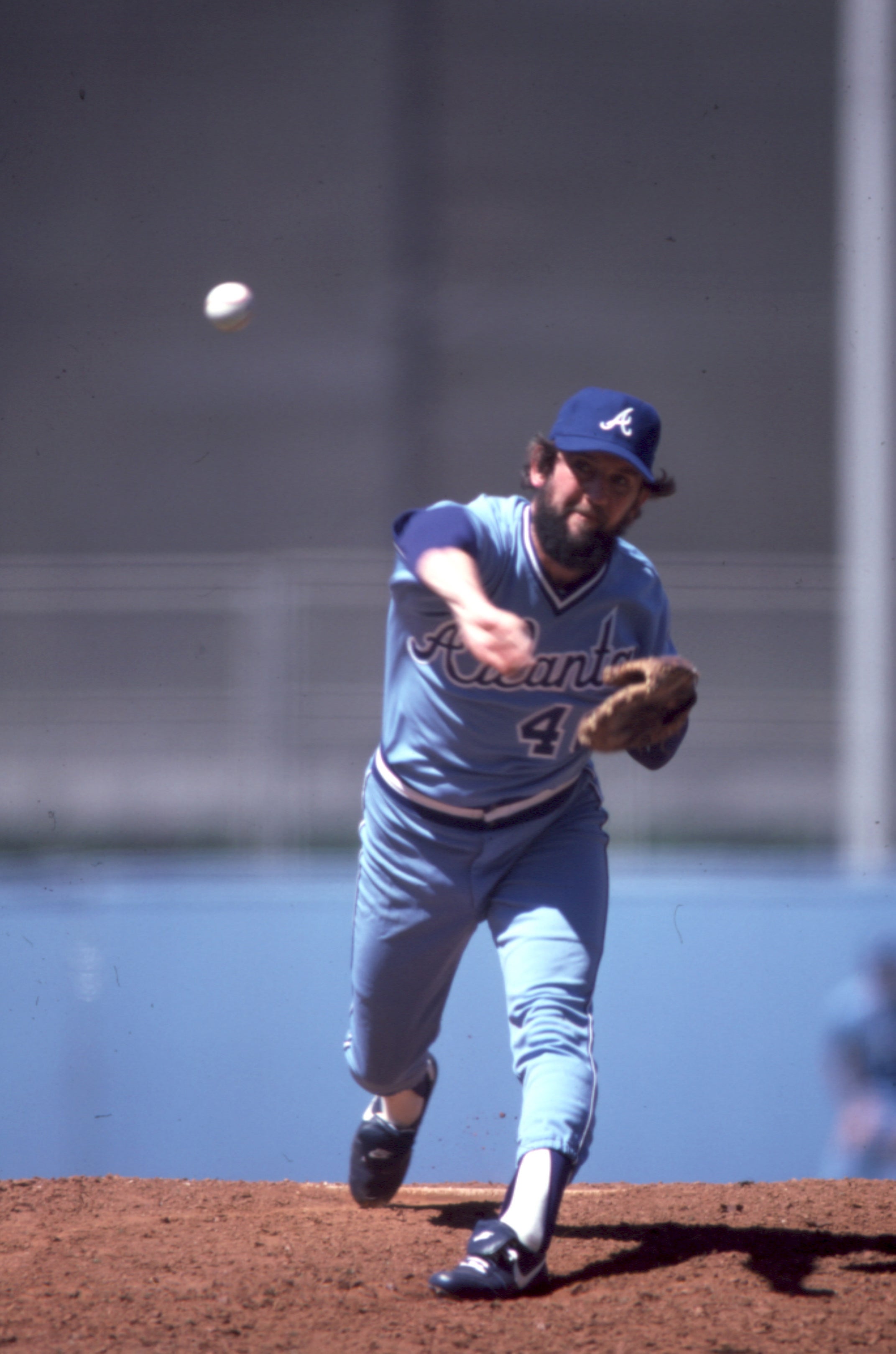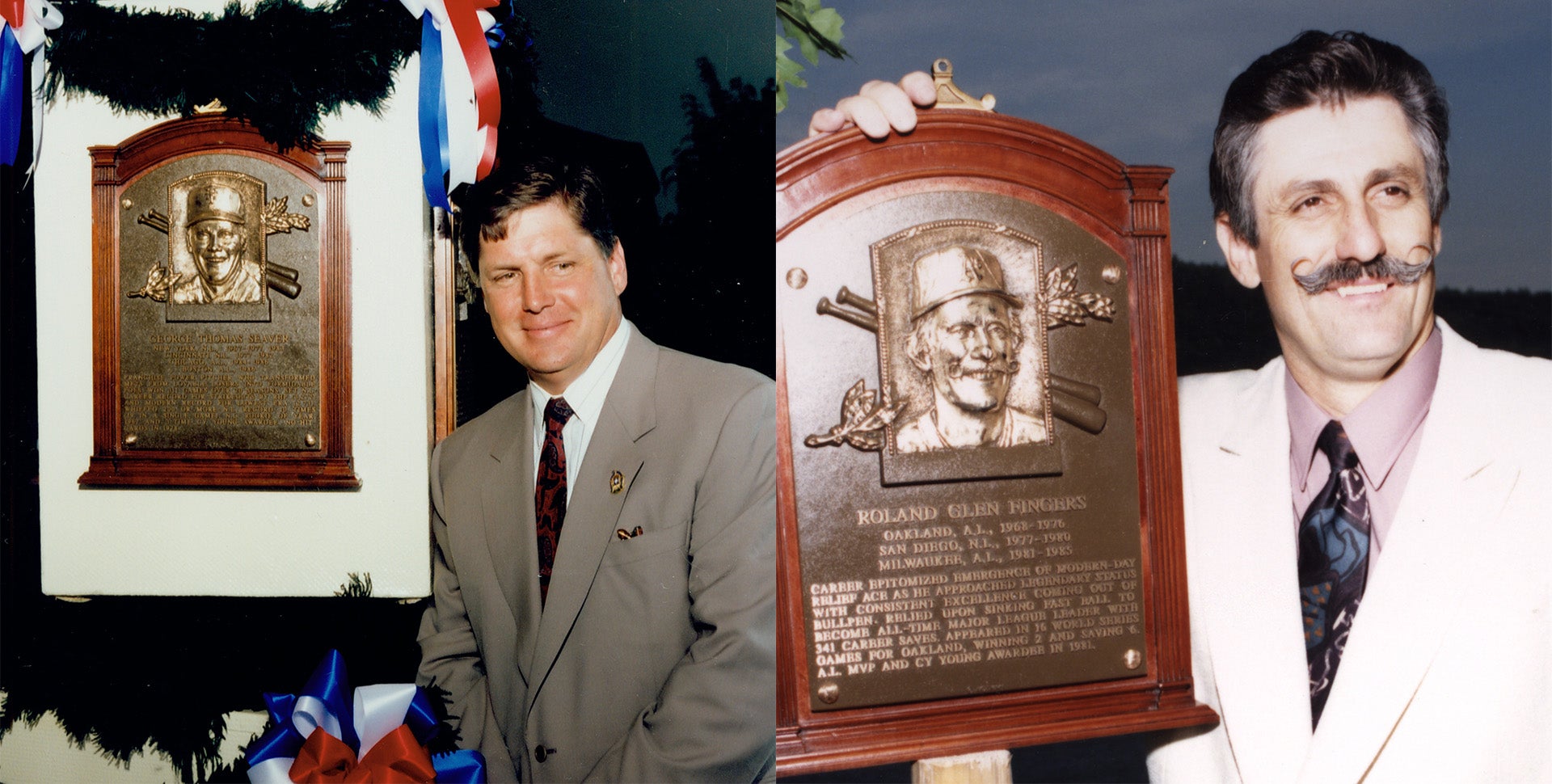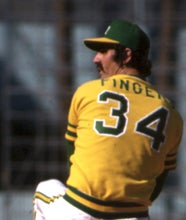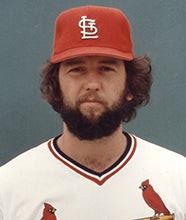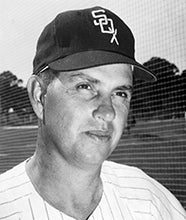- Home
- Our Stories
- Sutter’s election set new Hall of Fame standard
Sutter’s election set new Hall of Fame standard
Bruce Sutter appeared in 661 games in the big leagues, and not once did he throw the first pitch of the game.
But Sutter’s devastating split-fingered fastball made him the ace every manager wanted on the mound in the ninth inning – and took him all the way to the Hall of Fame.
On Jan. 10, 2006, Sutter became just the fourth relief pitcher to earn election to Cooperstown – joining Hoyt Wilhelm, Rollie Fingers and Dennis Eckersley. But all three of those pitchers had been starters for at least part of their careers.
Sutter, meanwhile, became the first pitcher elected to the Hall who had never started a game in the majors.
Official Hall of Fame Merchandise
Hall of Fame Members receive 10% off and FREE standard shipping on all Hall of Fame online store purchases.
“I was short with the fastball and short with the breaking ball,” Sutter told the Associated Press following the news that he had earned a spot in the Hall of Fame. “I needed another pitch or I would have never pitched in the big leagues.”
That other pitch turned out to be the splitter, which Sutter learned from Cubs minor league pitching coach Fred Martin after arm surgery early in his career had robbed him of precious velocity. By spreading his index and middle fingers on the ball and using his thumb as a guide, Sutter perfected a pitch that was part forkball and part changeup – one that dove out of the strike zone just as it reached the plate.
Sutter battled his way to the majors without the luxury of being a highly-touted prospect or having a well-regarded fastball. He was selected out of high school by the Senators in the 21st round of the 1970 MLB Draft but was unable to sign because he was not yet 18. After honing his skills in semipro ball, Sutter signed as an amateur free agent with the Cubs on Sept. 9, 1971.
While finding success with the splitter in 1974, Sutter rose through the Cubs system and made his big league debut on May 9, 1976. After going 6-3 with 10 saves and a 2.70 ERA that year, Sutter became a sensation in 1977 when he saved 31 games and posted a 1.34 ERA, striking out 123 batters in 107.1 innings.
“(Relievers) can’t compare with (starters’) statistics, their innings or their strikeouts,” Sutter told AP. “(But) without us, it’s tough to win.”
From 1977-84, Sutter was widely regarded as the best relief pitcher in the game. He led his league in saves five times during those eight seasons, won the 1979 National League Cy Young Award and earned the win or save in four straight All-Star Games from 1978-81.
He retired after 12 seasons following the 1988 season with 300 saves, third all-time at that point. He debuted on the Baseball Writers’ Association of America’s Hall of Fame ballot in 1994, garnering 23.9 percent of the vote before his vote totals steadily grew over the next decade.
After missing election by 43 votes in 2005, Sutter appeared on 76.9 percent of all ballots cast in 2006 – his 13th try on the ballot.
“It’s a call that you always hope for, but you never really expect it to happen,” said Sutter, who broke down in tears when he heard the news. “You just kind of keep hoping.
“I didn’t think it would affect me or hit me as hard as it did.”
Craig Muder is the director of communications for the National Baseball Hall of Fame and Museum

